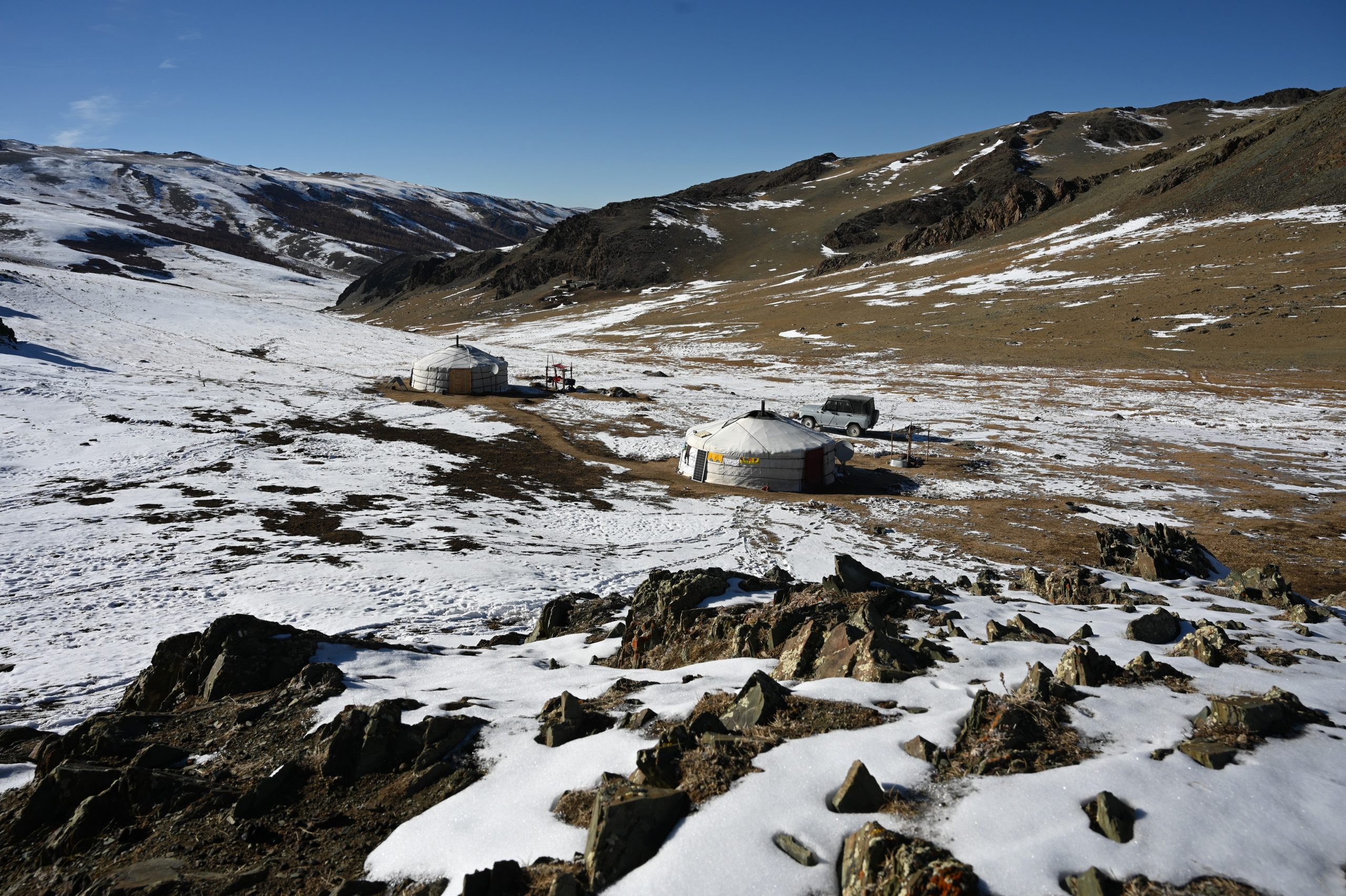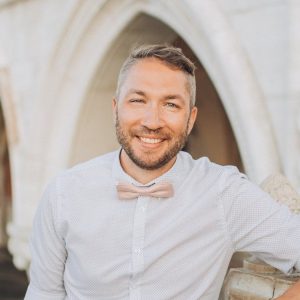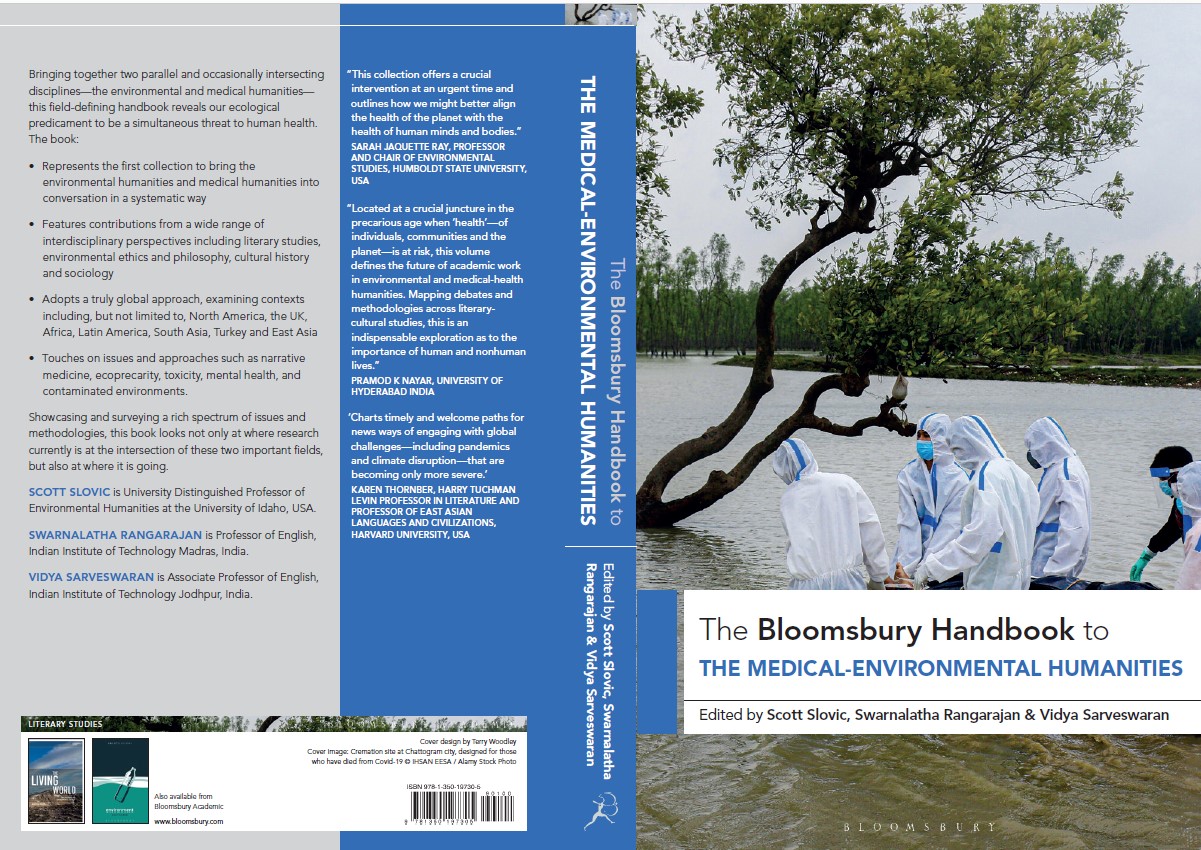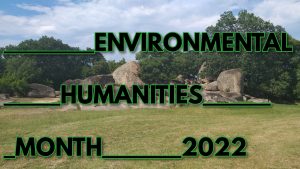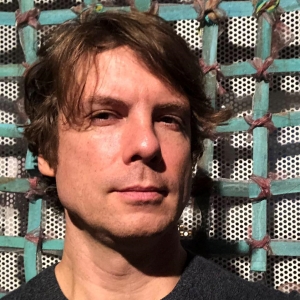POSTPONED
November 24 (Thursday) 14.00-15.30 (Helsinki), live
Victoria Soyan Peemot, PhD Indigenous Studies, University of Helsinki
Place: University of Helsinki, City Center Campus, Porthania Building, Room P444
For ZOOM Link Register HERE the day before the event. You will receive the zoom link an hour before the program begins.
In this paper, I aim to draw attention, first, to the Finnish geographer Johannes Gabriel Granö’s concept of perception of the environment which makes use of senses: seeing, hearing, smelling, and touching (1929 [1997]), and to the ways in which Granö’s ideas are close to current anthropological approaches to the human-nonhuman sociality with an emphasis on embodied experience (Anderson 2000, Willerslev 2007, Ingold 2011, Oehler 2020). Second, I analyse Granö’s multisensory understanding of the environment from the perspective of Indigenous relational epistemology (Salmón 2000, Wilson 2008, Peemot 2021, Virtanen 2022). To do so, I bring in the Indigenous voices—of people who live in the Altai and Sayan Mountainous region of Inner Asia where Granö worked in the 1900s. This study leans on research of J. G. Granö’s archives which are available at the Finnish Literature Society (publications, maps, correspondence, and photographs) and multisensory ethnographic fieldwork in Inner Asia from 2015 to 2022.
